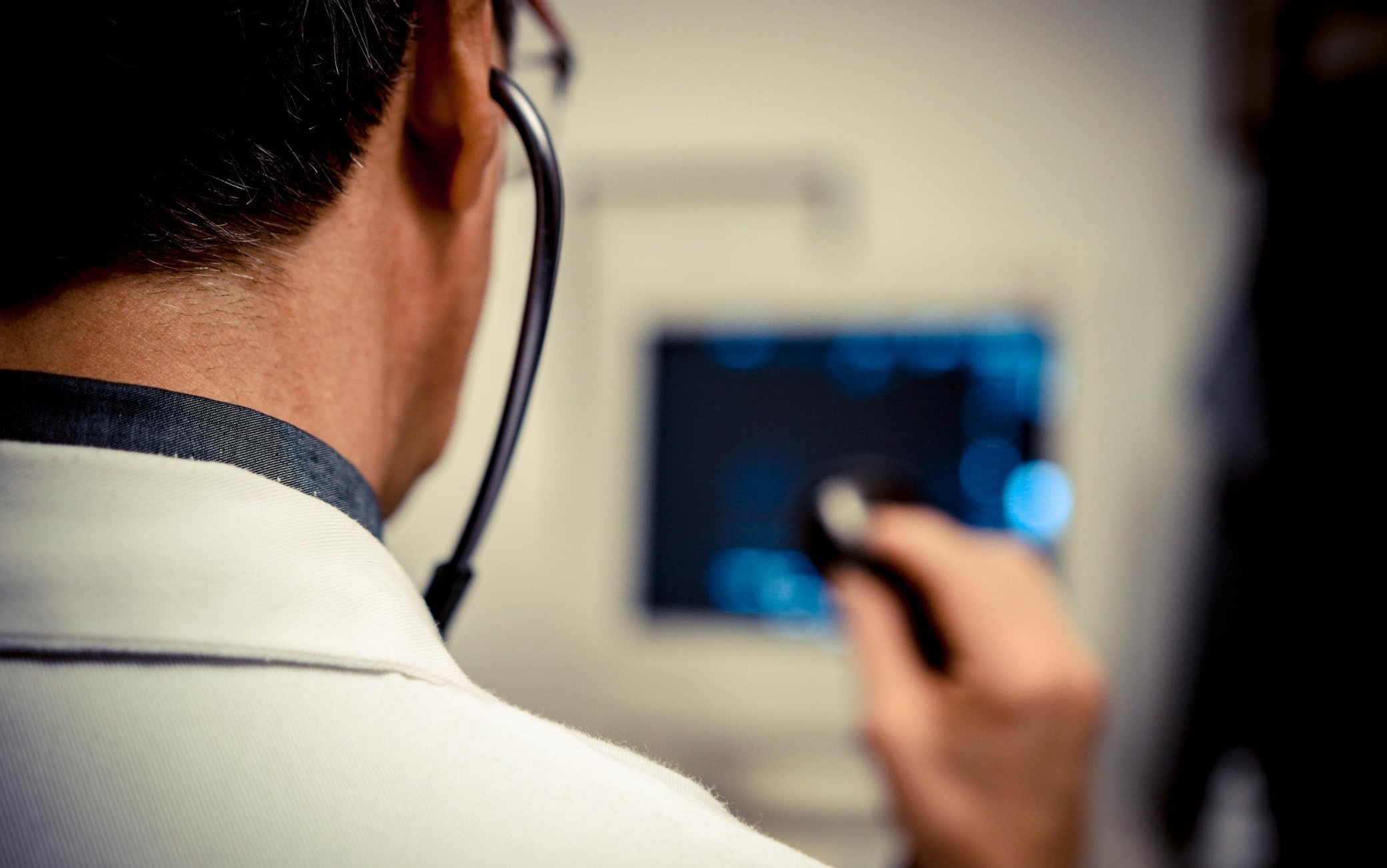A “chronic dysfunction of the pelvic walls that makes urinating difficult and continuous” and that causes “pain, perceived as constant or cyclic, for more than six months”. It is the definition of interstitial cystitis proposed by the experts of the Humanitas hospital and it is also the problem that the actress Francesca Neri said she suffered from, as recently emerged from the autobiographical book entitled “Come carne viva”.
The causes of the disease
deepening
Cystitis, what it is and expert advice to prevent and treat it
As also underlined by an article in the Corriere della Sera on the subject, interstitial cystitis or chronic pelvic pain is therefore a disabling and painful disease, the causes of which are not yet fully clear. It is a chronic inflammatory condition of the bladder, Humanitas experts recall, which can affect people of any age and sex, but which is more common among women. Unlike “common” cystitis, it is not caused by stress, but on the contrary continuous pain can cause psychological disorders such as anxiety and depression. “The evolution of the disease is slowly but progressively worsening, with deterioration of bladder functions and repercussions that can have a negative impact on the quality of life”, underline the doctors. As mentioned, the causes of interstitial cystitis are not yet completely certain. This can include urinary tract infections, surgery or a viral disease. The most accredited hypothesis, according to specialists, however, is that linked to a “progressive weakening of the lining of the bladder walls, consisting of glycosaminoglycans, with support and protection functions”. The thinning of this protective layer, in fact, favors the process by which the irritating substances contained in the urine attack the walls of the bladder, thus causing an inflammatory state.
I sintomi
deepening
Cystitis, experts report excessive use of antibiotics
As regards the symptoms, in about a third of cases, they are the same as in “classic” cystitis and include a continuous need to urinate, burning, pelvic pain, but contrary to what happens in the most common form, there are no signs of urinary infection, with microbiological analyzes which are usually negative and with antibiotics which do not appear to have an effect on the disease. Among other things, as doctors recall, related pain can often interfere with sexual life, which can be hampered by this disorder. “Men may experience pain in the testicles, scrotum, perineum or pubis, and have painful ejaculations” and it appears that interstitial cystitis may also be associated with some chronic conditions and painful syndromes including “vulvar vestibulitis, fibromyalgia and irritable bowel syndrome “.
Diagnosis and treatments
In most cases, it is not easy for patients suffering from interstitial cystitis to arrive at a diagnosis. Among the useful tests are that of the urine and ultrasound of the urinary tract which can exclude other bladder diseases with similar symptoms. But also urethrocystoscopy, that is the endoscopy of the bladder through the urethra which can highlight “any punctiform hemorrhages and ulcers, characteristic of the disease”. To relieve pain, the experts explain, you can proceed with distension of the bladder, performed under general anesthesia, through which the bladder is filled with a physiological solution. But, in general, to cure the disease it is necessary to combine different treatments. These include oral therapies, based on drugs that tend to repair the damaged bladder mucosa, as well as on antidepressants, anti-inflammatories, analgesics and antihistamines. Intravesical therapies are also contemplated, “with the instillation of glycosaminoglycans”, while the use of “solutions based on hyaluronic acid and chondroitin sulfate that can improve symptoms” may also be indicated. The ideal, however, would be to arrive at an early diagnosis to avoid potentially irreversible damage and with the aim of developing as soon as possible a suitable therapy for the individual case.
.
